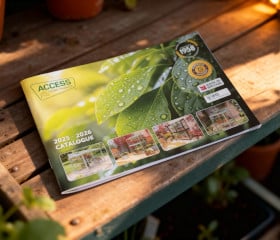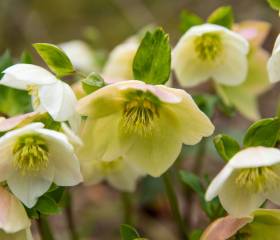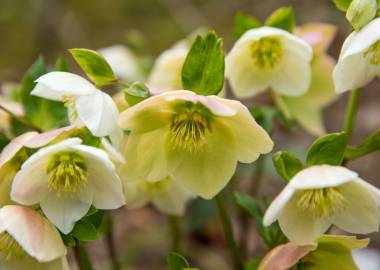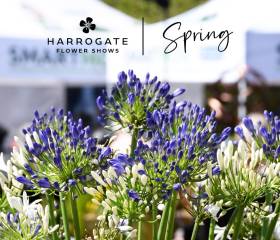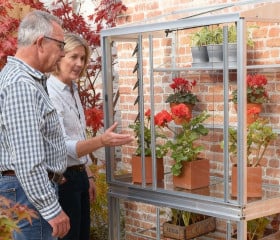Siting & Aspect
Once you have made the decision that you would like a mini greenhouse in the garden, the question then arises as to where to put it. Most gardens do not have a lot of choice about where it can go, but here we look at the advantages of different aspects and also the differences between free standing and lean to models.
Aspect
Everyone worries about aspect but in reality, whatever direction your Mini greenhouse faces, there are plenty of crops and plants that will thrive.
Like everything in the garden, we can work with the conditions we have to get the best out of the mini greenhouse.

North
Often people dismiss a North facing aspect as being too dark, but provided there is good ambient light there is plenty that can be done. As a tip, a large mirror at the back, or painting the wall white, will boost light levels inside.
North facing is ideal for decorative foliage and shade loving plants and also suitable for bringing on seedlings and plug plants provided there is reasonable ambient light, in fact direct sunlight, especially later in the season when the sun is strong, can be a problem for tender young seedlings. Salad crops planted in the Summer also benefit from the shade that a North facing aspect provides.
South
Traditionally regarded as the best aspect, a south facing greenhouse is great for Mediterranean crops but can be a bit hot for other plants. South facing provides the maximum sunshine and warmth, making it ideal for tomatoes, chillies and peppers. Even in February, if the sun is on the greenhouse the temperatures inside will allow the plants to grow – even if it is very cold outside.
Use automatic ventilation with the Access shade cover to keep plants cool in high Summer and make sure you keep watering the plants, as they will tend to dry out quickly.
West
The old adage for greenhouses is that East or West are best – they certainly give lots of options when growing in the greenhouse.
West is ideal for a wide range of plants. On lean to models, sunshine later in the day heats up back walls to give warm overnight conditions, minimising heating costs. Considered by many to be the best aspect.
East
Ideal for a wide range of plants. Early morning sunshine provides a quick warm up to the greenhouse which gets plants growing. You may want an automatic louvre vent as in the early Spring the greenhouse will be closed overnight, but with the sun rising at about 5:30 the greenhouse can be hot by the time you get up. East facing gives afternoon shading, preventing the mini greenhouse from getting too hot during the hottest part of the day.
More information
For more information on the pros and cons of each direction, have a look at our blog article What is the best position for a greenhouse?
Lean-to or Freestanding?
Each type of greenhouse has their advantages and disadvantages – the wall on the lean-to absorbs heat, making it much warmer and reducing any heating requirements, while a free-standing model allows more light into the greenhouse and allows more flexibility for siting the greenhouse as a suitable wall is not needed.
One of each is a great solution, with a larger free-standing greenhouse further away down the garden and then a smaller lean-to near the house for starting off plants in the early spring and for herbs for the kitchen.
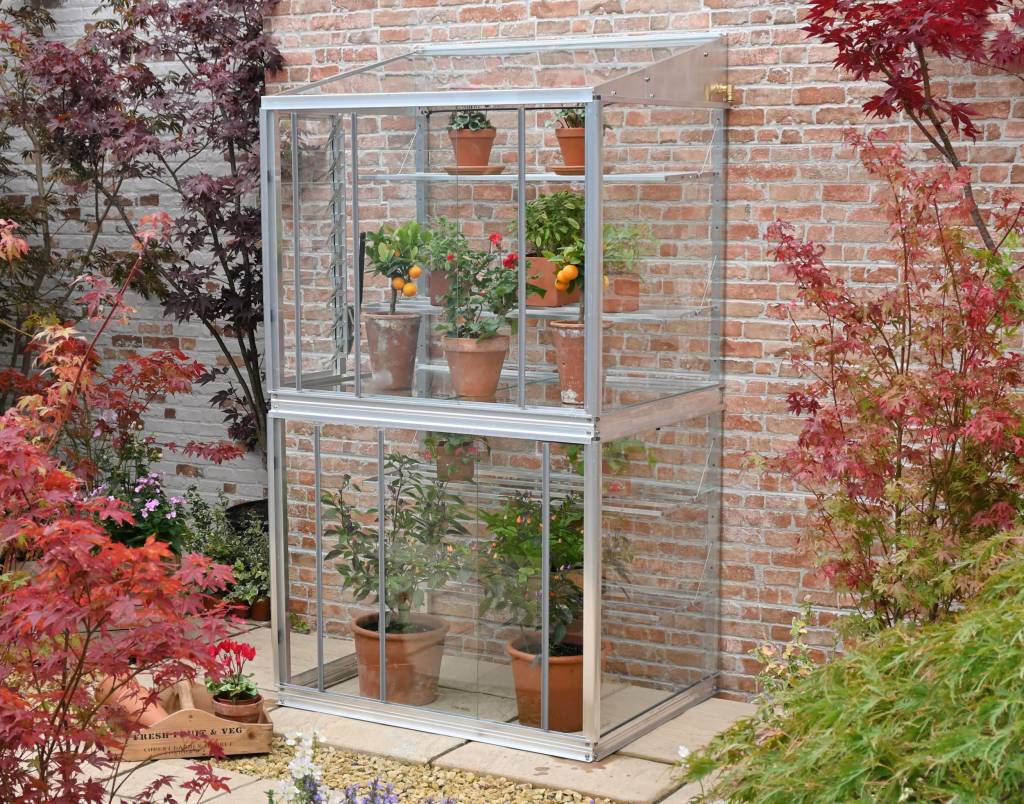
Lean to Greenhouses
Lean-to greenhouses will often utilise a house wall, saving costs as there is no back and also providing a growing space close to the house – ideal for keeping an eye on plants and for growing herbs and salads.

Advantages
- Utilises an existing structure, such as a wall or building, for support and insulation.
- Saves space and maximises available sunlight, making it ideal for smaller gardens or limited outdoor areas.
- Will be warmed by the sun before most people get up, so automatic ventilation is recommended.
- Warmer than a free-standing greenhouse, reducing the danger of frost damage and any heating costs.
Disadvantages:
- Limited flexibility in positioning, as it must be attached to a suitable structure.
- May receive less sunlight compared to freestanding greenhouses, depending on the orientation of the supporting wall.
Freestanding Greenhouses
The vast majority of greenhouses sold in the UK are free-standing models that are sited in the garden, further away from the house.

Advantages:
- No need to worry about finding a suitable wall or fence
- Flexibility in positioning, allowing for optimal sunlight exposure and airflow.
- Can be placed anywhere in the garden, maximising available space and landscaping options.
- The lower levels of the greenhouse are lighter as the light can enter from all 4 sides – Access mini greenhouses are glazed all round to maximise light levels.
Disadvantages:
- Requires more space compared to lean-to structures, which may be a constraint in smaller gardens.
- More susceptible to wind damage, requiring additional anchoring and structural support.
More Information
For more information on the difference between lean to and free standing models, take a look at our blog What is the best position for a greenhouse?
Greenhouse Fixing
Greenhouse Base
The Access Mini greenhouses do not need a special foundation, but they do need fixing – although they are heavy, if they are not anchored, then they could blow over in high winds.
The base itself should be firm and level; paving slabs, concrete or bock paving are ideal. Gravel is fine for freestanding models as long as it is well compacted; taller models will need some sort of fixing. Lower freestanding models and cold frames can be placed on soil on the vegetable patch.
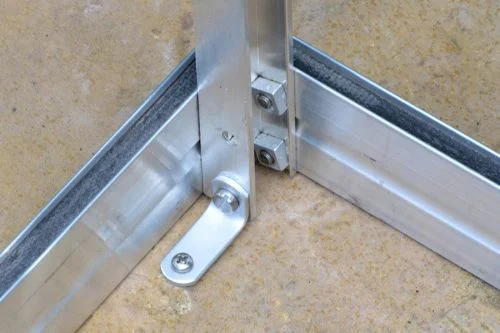
Fixing Lean to Models
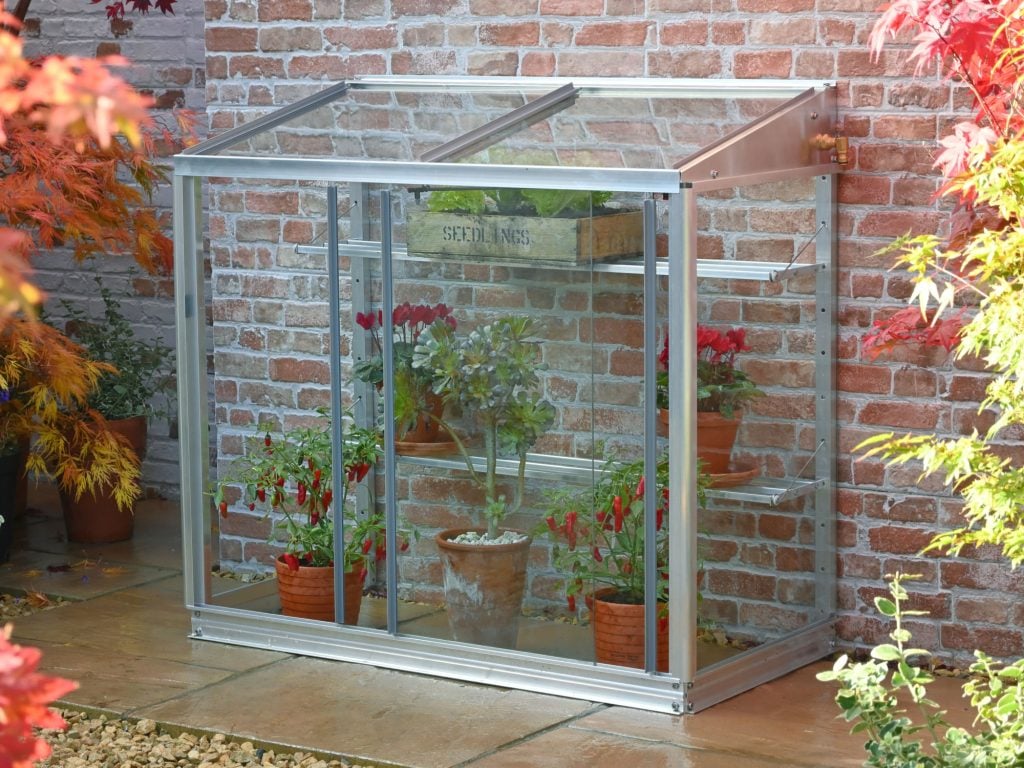
When fixing to a wall or fence it is important that the base is firm and level. If the ground could compact down, then the mini greenhouse would be left hanging in the air! If the area is gravelled, then consider concreting a 300mm x 300mm paving slab at the position of each front vertical leg.
Classic Lean to models come with stainless steel fixings to allow then to be fitted to a wall. The fitting has a combined rawlplug and steel pin, so the wall is simply drilled and the fixing is then tapped in and tightened with a screwdriver.
Classic Lean to models also have fixings to anchor the front of the framework down to slabs.
Value Lean to models do not come with fixings, but 2″ wood screws are recommended to fit back to the wall – there are designated fixing points at the back of the unit.
Fence Fixing
If the mini greenhouse is to be fitted to a sturdy fence, then use stainless steel nuts and bolts to fasten to the fence – you can use the same holes in the greenhouse framework to fit the bolts. On the other side of the fence you may need wide washers (sometimes called mudflap washers) to spread the load.
If the fence is draughty, there are a couple of options. You could fit a glass back to the greenhouse – most models are available with an optional glass back, or you could fit a sheet of Dibond at the back, there are online stores that will cut the sheet to size and deliver it to you.
Dibond is a composite aluminium material that will not rot but is easy to drill. The Dibond is available in a variety of colours and you can even have them overprinted with an image to blend in – at exhibitions we use Dibond with a brick wall pattern on. You can also have a mirror finish, which will maximise the light levels in the greenhouse.

Fixing Freestanding models
Lower freestanding models do not need to be fixed down unless the site is very exposed but taller models – over 1.2m (4ft) need to be fixed down to prevent them moving in the wind. Lower models that are fitted on raised bases also need to be fixed down as strong winds from one side can move them off the base – unless the base is an Access raised bed, as these have a neat design to prevent the frame coming off the base.
If the freestanding model does need to be fixed, then it needs to be bolted to something firm like concrete or paving slabs. Taller free standing models come with anchorage brackets to allow the framework to be bolted down. If the area is gravel then 300mm x300mm slabs can be concreted in at the 4 corners of the greenhouse (plus centre points on longer models) and the aluminium framework bolted down.
Very windy sites
If the site is very windy, such as a coastal or moorland location, then as well as bolting the frame down, the bolts can be fitted using a thread lock compound such as Loctite. This will prevent the bolts from ever working loose from the constant vibration of the wind on the framework.
Preparing for storms
If strong winds are forecast then you should make sure the frame is closed up to prevent the wind from getting inside. Bolts should also be checked for tightness periodically.
More information
For more information on preparing for stormy conditions, check out our blog Preparing your greenhouse for a storm and high winds

